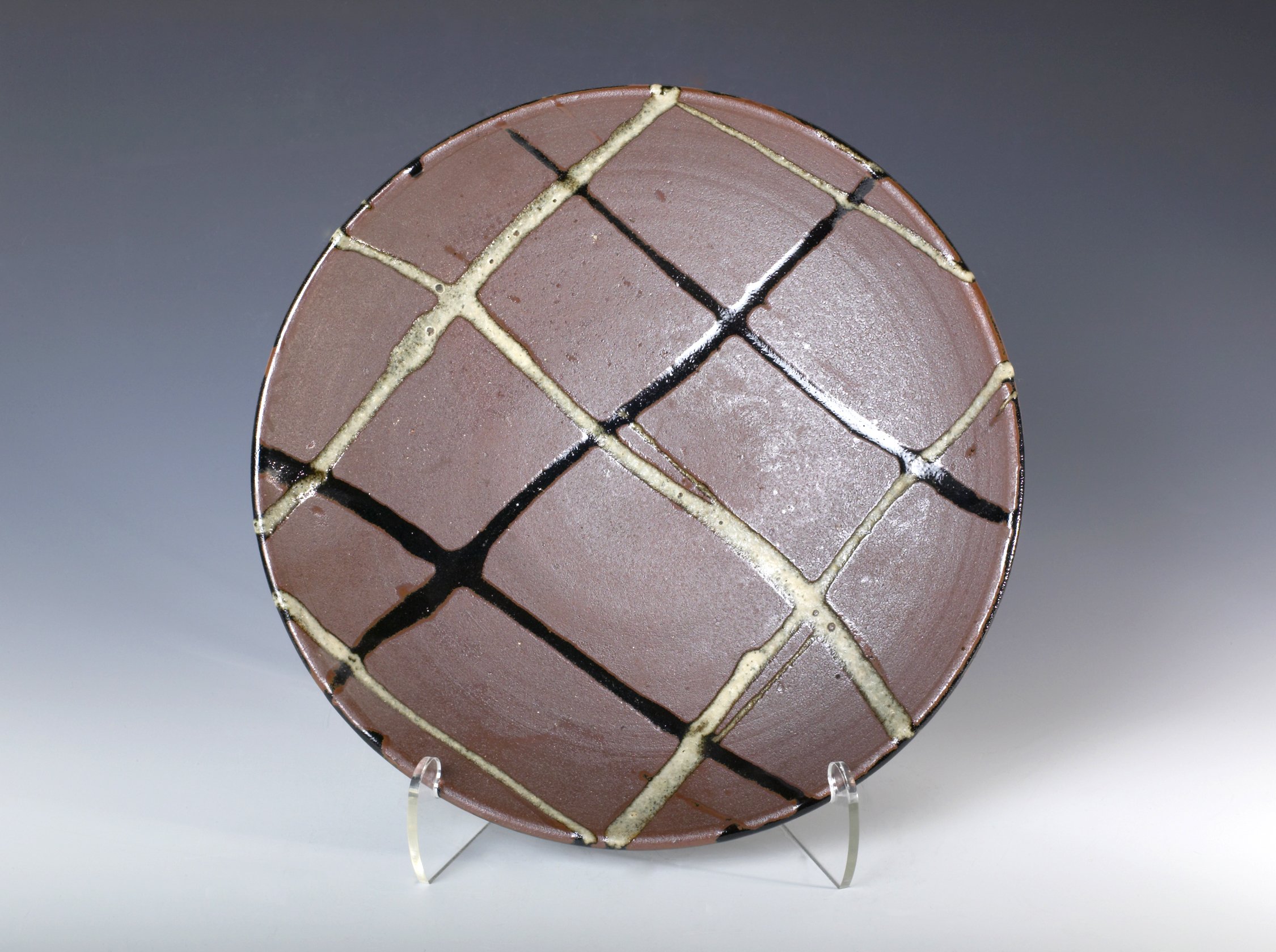Shoji Hamada
BORN: 1894 in Tokyo, Japan
DIED: 1978 in Mashiko, Japan
Shoji Hamada was one of the most influential potters of the 20th century. Hamada graduated from Tokyo Technical College in 1916 and went to work at the Kyoto Ceramics Research Institute. During the years from 1919 to 1923, Hamada travelled extensively to learn about diverse ceramic and folk craft traditions, and built a climbing kiln in England at St Ives with Bernard Leach (1887–1979). In 1952, Hamada travelled with Soetsu Yanagi (1889–1961) and Bernard Leach throughout the United States to give ceramic demonstrations and workshops. Hamada's work was influenced by a wide variety of folk ceramics including English medieval pottery, Okinawan stoneware, and Korean pottery. His works were not merely copies of the styles he studied, but were unique products of his own creative energy. Hamada’s great respect for artisan crafts led him to draw as much as possible from folk traditions. After receiving the Tochigi Prefecture Culture Award and Minister of Education Award for Art, Hamada was designated a Living National Treasure in 1955. Thereafter, he was appointed Director of the Japan Folk Art Museum and awarded the Okinawa Times Award and Order of Culture from the Emperor. In 1961, Shoji Hamada: Collected Works was published by Asahi Shimbun. In 1973, Hamada received an honorary Doctor of Art degree from the Royal College of Art in London, England. Shoji Hamada died in 1978, four years after the completion of the Mashiko Sankokan Museum, which was built in his home. Hamada's influence on potters around the world is incalculable, and the village of Mashiko has become synonymous with Japanese folk ceramics.
Online Events & WebinARTs
Virtual Tour
Past Exhibition Catalogues
Shoji Hamada
Rectangular bottle, black and nuka glaze
Stoneware
9.25 x 4 x 4”
H39
Shoji Hamada
Tea bowl, with tetsue brushwork
Stoneware
3.25 x 5.75 x 5.75"
H105
Shoji Hamada
Squared bottle, kaki glaze with wax resist brushwork
Stoneware, with wooden box
8.25 x 5.75 x 3”
H41
Shoji Hamada
Bottle, tenmoku, khaki, and nuka glaze with finger swipe decoration
Stoneware, with wooden box
8.5 x 4.75 x 4.75”
H73
Shoji Hamada
Plate, tenmoku and nuka glaze with trailed decoration, 1970
Stoneware
2.25 x 11.75 x 11.75”
H16




